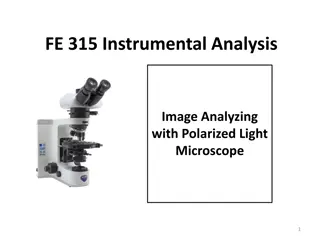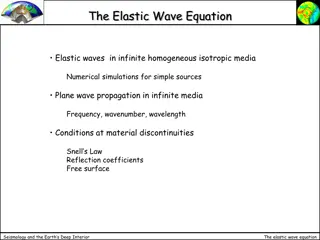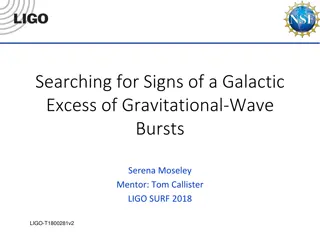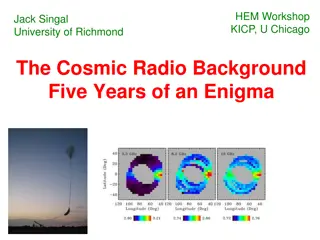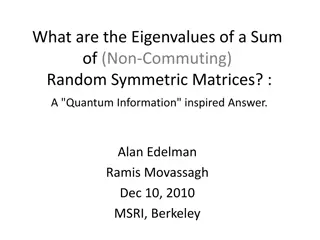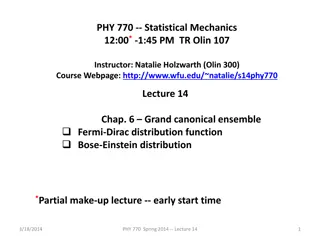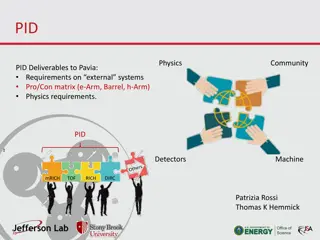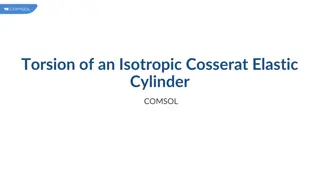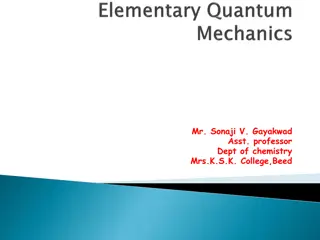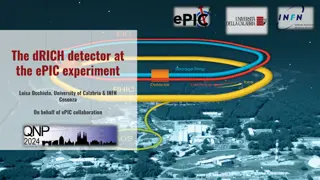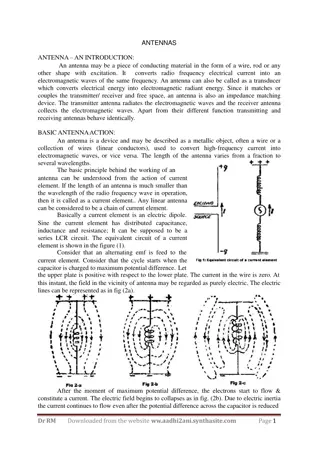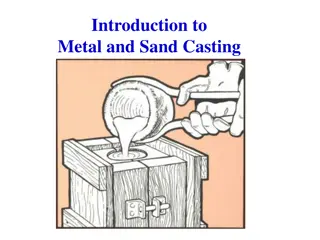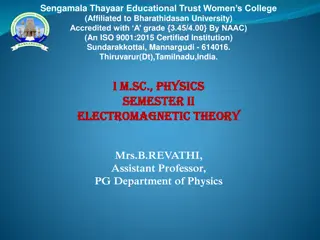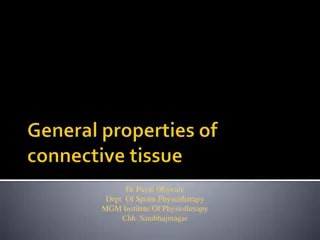Understanding Observed Changes in Atmospheric Solar Reflection and Surface Albedo
Exploring the attribution of changes in Earth's Albedo Shortwave Radiation (ASR) to various processes including atmospheric and surface contributions. The impacts of incident solar radiation, cloud reflection, absorption, and surface albedo are analyzed, along with the radiative sensitivity from iso
0 views • 12 slides
Understanding Solid State Chemistry: Amorphous vs. Crystalline Solids
Solid state chemistry involves studying the differences between amorphous and crystalline solids, exploring their unique properties such as melting points, isotropic/anisotropic characteristics, and examples of each type of solid. Additionally, the classification of crystals into different crystal s
7 views • 62 slides
Understanding Polarized Light Microscopy in Instrumental Analysis
Microscopes are essential tools for examining small details in samples. Polarized Light Microscopes (PLM) use polarized light to enhance image quality and study birefringent materials. This article covers the basics of microscopes, the principles of PLM, the differences between PLM and LM, and the a
2 views • 16 slides
Calculation of Radiation on Sloped Surfaces
The general problem of calculating radiation on tilted surfaces when only the total radiation on a horizontal surface is known involves determining the direction from which the beam and diffuse components reach the surface. Diffuse radiation models consist of three parts: isotropic, circumsolar, and
1 views • 15 slides
Understanding Elastic Wave Equations in Seismology
Explore the fundamentals of elastic wave equations for seismology, including topics such as plane wave propagation, reflection coefficients, and wavefield simplifications using curl and div operators. Learn about P-waves, shear waves, and elastodynamic potentials in the context of infinite homogeneo
0 views • 31 slides
Unveiling Galactic Excess in Gravitational-Wave Bursts
Investigate the presence of a galactic source emitting gravitational waves within the LIGO frequency range and develop techniques to detect and identify these signals. Employ simulations to differentiate between isotropic and galactic event distributions, aiming to enhance our understanding of the o
0 views • 30 slides
The Cosmic Radio Background: Unraveling an Enigma
Delve into the mysteries of the cosmic radio background through discussions on isotropic radio skies, Galactic monopoles, extragalactic components, and limitations on magnetic fields. Explore the complexities of synchrotron emissions and their implications in understanding the universe.
3 views • 21 slides
Understanding Eigenvalues in Quantum Information
Explore the eigenvalues of sums of non-commuting random symmetric matrices in the context of quantum information. Delve into the complexities of eigenvalue distributions in various scenarios, including random diagonals, orthogonal matrices, and symmetric matrix sums. Gain insights into classical and
0 views • 24 slides
Exploring Cosmic Ray Sources Using Gamma-Ray Emission Data
This study focuses on investigating ultrahigh energy cosmic ray (UHECR) sources by analyzing extragalactic diffuse gamma-ray emission data. Techniques such as examining UHECR mass composition and arrival directions, as well as studying interactions with cosmic microwave and extragalactic background
0 views • 16 slides
Grand Canonical Ensemble in Statistical Mechanics: Fermi-Dirac Distribution
Exploring the Fermi-Dirac distribution function and the Bose-Einstein distribution in the context of the grand canonical ensemble for non-interacting quantum particles. The lecture delves into the impact of particle spin on energy spectra, enumeration of possible states, self-consistent determinatio
0 views • 33 slides
PID Physics Community Deliverables to Pavia: Requirements and Developments
Requirements and developments of external systems and detectors (e-Arm, Barrel, h-Arm) for PID Physics Community to Pavia are detailed. The deliverables include Pro/Con matrices, physics requirements, and advancements in detectors such as mRICH, TOF, RICH, and DIRC. Various simulation results, advan
0 views • 13 slides
the pdf submission of tempasure
Hydronic heating is a system that uses water to transfer heat throughout your home. The process involves heating water in a boiler, which is then circulated through a series of pipes to radiators, underfloor heating systems, or wall panels. These hea
5 views • 4 slides
Analysis of Torsion in Isotropic Cosserat Elastic Cylinder using COMSOL
Explore the extension of linear elastic material model to a Cosserat material, including microrotation degrees of freedom, with a focus on a cylindrical bar under pure torsion. Investigate the impact of Cosserat length scale parameter on the system response, analyzing different zones of behavior. Re
0 views • 8 slides
Understanding Black Body Radiation: Key Concepts and Applications
Black body radiation is a fundamental concept in physics, with theoretical black bodies absorbing all radiation. While no material is a perfect black body, carbon comes close. This radiation curve demonstrates energy emission at different wavelengths, influenced by temperature variations. Stars serv
0 views • 13 slides
Performance Studies of dRICH Detector at ePIC Experiment
The Electron-Ion Collider ePIC experiment focuses on the performance studies of the dRICH detector for particle identification crucial in various physics channels. The detector features aerogel optimization, SiPM sensors, and test-beam analyses. Key capabilities include different techniques for part
0 views • 28 slides
Exploring the Fascinating World of Spinel: Properties, Classification, and Fun Facts
Uncover the beauty and intrigue of spinel, a metamorphic mineral with a rich history of being mistaken for rubies and sapphires. Learn about its chemistry, physical properties, classification in the isometric system, and isotropic nature. Delve into the fun facts surrounding spinel, including its va
0 views • 10 slides
Understanding Antennas: Basics and Classifications
An antenna is a crucial device that converts radio frequency electrical current into electromagnetic waves. This article discusses the fundamental principles behind antennas, their action as transducers, and different classifications based on directional patterns. Whether you're interested in isotro
0 views • 17 slides
Bronze Bathroom Radiator | Bathroomnation.co.uk
Upgrade your bathroom with our stylish and efficient bronze bathroom radiators, which can be found at Bathroomnation.co.uk. Create and sustain a comfortable atmosphere while integrating a touch of luxury.\n\n\n\/\/ \/products\/banyetti-aureli-1200-x-
3 views • 1 slides
Overview of Metal and Sand Casting Processes
Metal and sand casting are ancient manufacturing techniques dating back to 4000 B.C., allowing the production of complex shapes in various metals. The casting industry produces millions of kilograms of castings annually, primarily using materials like gray iron, ductile iron, aluminum alloys, and co
0 views • 13 slides
Understanding Electromagnetic Waves in Physics
Exploring the propagation of electromagnetic waves in different mediums such as free space and isotropic dielectrics. Discusses Maxwell's equations, wave equations, transverse nature, energy transmission, and impedance in electromagnetic wave propagation.
0 views • 24 slides
Understanding the Dynamic Nature of Connective Tissues in Sports Physiotherapy
In sports physiotherapy, the behavior of connective tissues varies based on forces applied, with isotropic materials like steel having uniform behavior and anisotropic tissues like tendons responding to changes in compression and tensile forces. The adaptability of connective tissues, illustrated by
0 views • 44 slides


